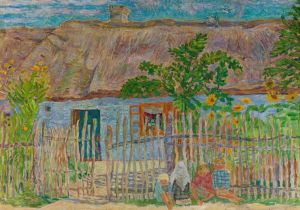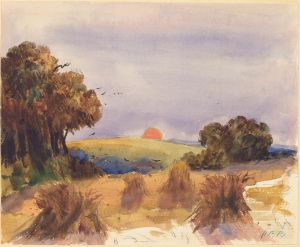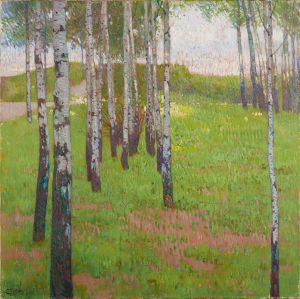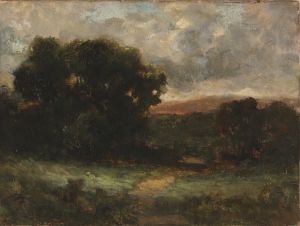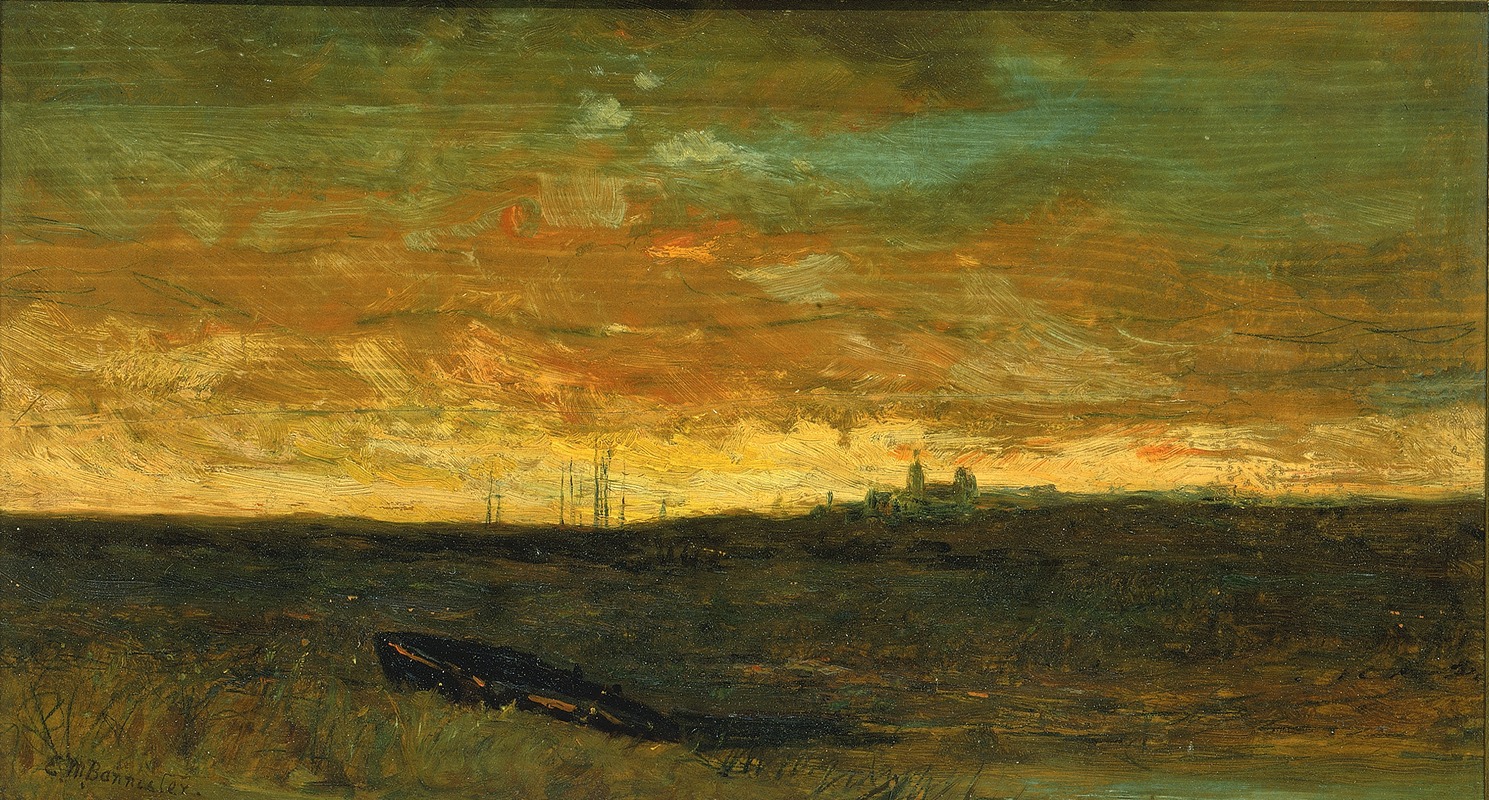
Sunset Scene
A hand-painted replica of Edward Mitchell Bannister’s masterpiece Sunset Scene, meticulously crafted by professional artists to capture the true essence of the original. Each piece is created with museum-quality canvas and rare mineral pigments, carefully painted by experienced artists with delicate brushstrokes and rich, layered colors to perfectly recreate the texture of the original artwork. Unlike machine-printed reproductions, this hand-painted version brings the painting to life, infused with the artist’s emotions and skill in every stroke. Whether for personal collection or home decoration, it instantly elevates the artistic atmosphere of any space.
Edward Mitchell Bannister was a notable African American artist in the 19th century, recognized for his contributions to the American art scene, particularly within the landscape genre. Born in 1828 in St. Andrews, New Brunswick, Canada, Bannister moved to the United States, where he became an influential figure in the art community of Providence, Rhode Island. His work is often associated with the Barbizon school of painting, which emphasized naturalistic and detailed portrayals of landscapes.
"Sunset Scene" is one of Bannister's celebrated paintings, showcasing his adept skill in capturing the serene beauty of nature. Although specific details about the creation date of "Sunset Scene" are not widely documented, it is reflective of Bannister's mature style, which flourished during the late 19th century. The painting exemplifies his ability to convey mood and atmosphere through the use of light and color, hallmarks of his landscape work.
Bannister's "Sunset Scene" is characterized by its warm, glowing hues that depict the tranquil transition of day into night. The painting typically features a harmonious blend of colors that capture the essence of a sunset, with soft, diffused light that bathes the landscape in a golden glow. This use of color and light not only highlights Bannister's technical prowess but also his sensitivity to the subtleties of the natural world.
Throughout his career, Bannister faced racial prejudice, which was a significant barrier for African American artists during his time. Despite these challenges, he achieved considerable success and recognition. In 1876, Bannister won a bronze medal at the Philadelphia Centennial Exposition for his painting "Under the Oaks," which marked a significant milestone in his career and helped to elevate his status as a respected artist.
Bannister was a founding member of the Providence Art Club in 1880, an institution that played a crucial role in fostering the arts in Rhode Island. His involvement with the club and his active participation in the local art community helped to pave the way for future generations of artists, particularly those of African American descent.
"Sunset Scene," like many of Bannister's works, reflects his deep appreciation for the natural world and his commitment to portraying it with authenticity and emotion. His landscapes often evoke a sense of peace and contemplation, inviting viewers to immerse themselves in the beauty of the scenes he depicted.
Edward Mitchell Bannister's legacy as an artist is significant not only for his artistic achievements but also for his role in breaking down racial barriers in the art world. His work continues to be celebrated for its technical excellence and its ability to capture the serene beauty of the American landscape. "Sunset Scene" remains a testament to Bannister's enduring influence and his dedication to his craft.






